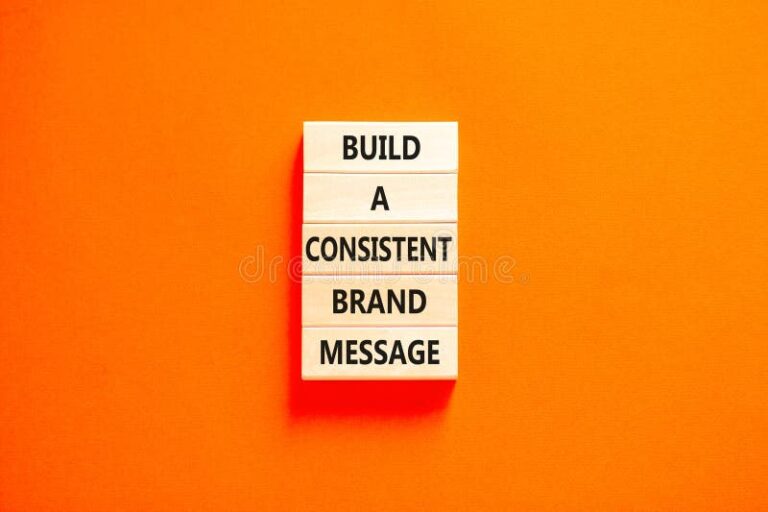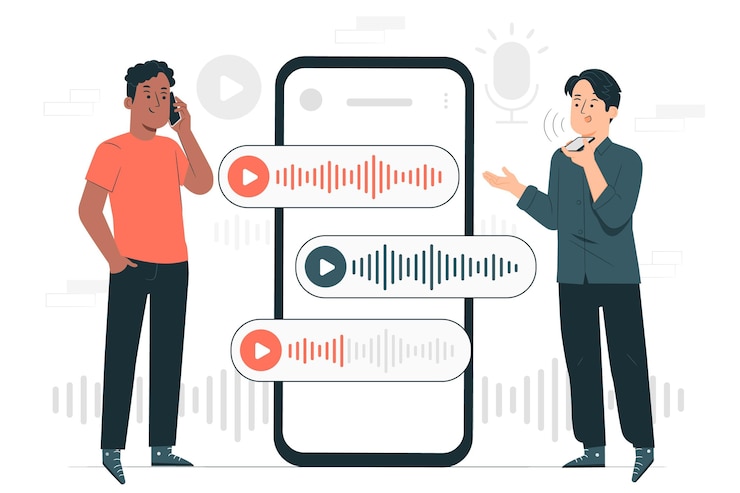A website’s bounce rate speaks volumes about how well it connects with visitors and turns their curiosity into action. When users land on your site and leave without exploring, it’s more than just a lost opportunity—it means something isn’t resonating. Lowering your bounce rate is not just a matter of keeping users around longer; it’s about weaving together a strategy that taps into human emotions, uses data-driven insights, and paves the way for new sales opportunities.
In this blog, we’ll explore 10 actionable strategies to reduce your bounce rate while ensuring your SEO efforts are aligned with your sales funnel, bringing new sales opportunities to your business.
Understanding Bounce Rate: The First Step in Driving Conversions
Bounce rate is the percentage of visitors who leave your website after viewing just one page. It’s a critical metric for evaluating website performance and user engagement, and it directly affects your SEO rankings. A high bounce rate suggests to search engines that your site isn’t providing the answers or value visitors are looking for, which could harm your rankings and lead generation efforts.
Understanding your bounce rate is vital to knowing where your website stands in terms of user experience. Industry benchmarks can vary, but an ideal bounce rate for most websites is around 40-60%. Higher rates indicate a potential problem in your website’s user journey.
Signs of a High Bounce Rate
To identify if you have a bounce rate problem, leverage analytics tools such as Google Analytics. Look for indicators like:
- A low average session duration.
- High exit rates from key landing pages.
- Minimal interactions with calls to action (CTAs).
- Low lead volumes, indicating visitors aren’t converting into leads.
Once you’ve pinpointed the issues, it’s time to implement strategies that will not only reduce your bounce rate but also help you align with your business’s primary goal—driving sales.
The Top 10 Ways to Reduce Your Website’s Bounce Rate
1. Improve Page Load Speed
Fast-loading pages are crucial for keeping visitors engaged. According to Google, the probability of bounce increases by 32% when page load time goes from 1 second to 3 seconds. To keep users on your site, use tools like Google PageSpeed Insights to identify areas for improvement. Consider compressing images, leveraging browser caching, and minimizing JavaScript files.
Emotional Connection: Visitors expect quick results. Slow pages create frustration, which leads to abandonment. A fast-loading site creates a seamless, frustration-free experience, keeping users engaged longer.
2. Enhance User Experience (UX)
A clean, intuitive website design makes navigation easy and encourages visitors to explore further. Ensure your website is clutter-free, mobile-responsive, and offers a clear, logical user journey. Avoid excessive pop-ups and distractions that may deter users from continuing their visit.
Emotional Connection: When users find your site easy to navigate, they feel empowered to explore more. Providing a seamless experience caters to their need for control and ease, enhancing engagement and reducing bounce rates.
3. Optimize Content Quality
Content is king, and the quality of your content can make or break your website’s engagement. Ensure your headlines are attention-grabbing, and use subheadings and visual elements like images or videos to break up text. Content should be relevant, engaging, and solve the problems your audience is facing.
Data-Driven Insight: Track which pages have the highest bounce rates and analyze why. Do visitors find the content irrelevant? Are they not finding answers quickly enough? Use these insights to refine your messaging.
4. Use Targeted and Relevant Keywords
Aligning your content with targeted keywords means you attract visitors who are genuinely interested in what you offer. Avoid keyword stuffing, and instead focus on creating content that directly addresses the search queries of your target audience.
SEO Alignment: The right keywords bring the right audience. When you target relevant search queries, your visitors are more likely to find what they’re looking for and stay on your page. This reduces your bounce rate and increases sales funnel opportunities.
5. Implement Strong Calls-to-Action (CTAs)
A clear, compelling call-to-action is key to guiding visitors to the next step in the sales funnel. Whether it’s signing up for a newsletter, downloading a resource, or scheduling a demo, make sure your CTAs are easy to find and stand out visually on the page.
Sales Funnel Opportunity: CTAs are a bridge between engaging content and conversion. By encouraging further action, you’re moving visitors closer to becoming leads, which your sales team can then nurture into paying customers.
6. Interlinking Pages
A strong internal linking strategy encourages users to explore more pages on your site. Link related articles, resources, or product pages within your content to guide visitors through a logical journey that keeps them engaged.
Emotional Connection: Interlinking provides a sense of discovery. It’s like guiding your visitors through a well-thought-out path that satisfies their curiosity and keeps them engaged.
7. Utilize Multimedia and Interactive Content
Multimedia elements such as videos, infographics, and interactive quizzes can significantly reduce bounce rates by making your content more engaging. Visitors are more likely to stay on your page longer if there’s a video to watch or interactive content that provides value.
Data-Driven Insight: Measure how different types of content affect engagement and conversion rates. For example, videos on landing pages can increase conversion rates by up to 80%.
8. Create a Consistent Brand Voice
A consistent brand voice helps build trust and emotional connection with your audience. Ensure that your website’s messaging aligns with your brand’s identity and resonates with your target audience’s needs. The words on the page should convey your brand’s personality and value proposition.
Emotional Connection: Customers connect with brands that understand them. Your messaging should speak directly to their pain points, emotions, and desires, making them feel seen and understood.
9. Understand Your Audience and Market Fit
To reduce bounce rates, it’s crucial to understand your target audience deeply. Knowing what they care about, what solutions they seek, and how your company fits into their world will help you create content that resonates and drives engagement.
SEO Alignment: When your content aligns with your market fit and audience’s needs, you attract visitors who are genuinely interested, reducing bounce rates and increasing the likelihood of conversion.
10. Measure and Adapt
The final step in reducing bounce rates is to measure the results of your efforts and adapt accordingly. Use tools like Google Analytics to track bounce rates, page performance, and conversion data. Regularly update your content, CTAs, and keywords based on this data to keep your website optimized.
Data-Driven Insight: Continuous analysis and iteration are the keys to long-term success. Monitoring metrics and adjusting your strategies keeps your website aligned with both SEO goals and sales funnel opportunities.
Words Matter: The Impact of Your Website’s Messaging
The words on your website play a crucial role in engaging visitors and driving conversions. Clear, concise, and emotionally resonant language not only holds visitors’ attention but also guides them through the sales funnel. Every word on your site should be intentional, designed to build trust, answer questions, and move the user toward taking action.
Aligning your SEO strategy with human emotions and data-driven insights is the key to turning visitors into engaged leads. By reducing bounce rates, optimizing content, and using targeted keywords, you can transform casual browsers into loyal customers.
Conclusion: Reducing Bounce Rates to Drive Sales
Reducing your website’s bounce rate isn’t just about improving SEO metrics; it’s about aligning your content, keywords, and overall user experience with your ultimate business goal—driving net new sales opportunities. By focusing on human emotional needs, data-driven insights, and a seamless user journey, you can create a website that not only engages visitors but also converts them into valuable leads for your sales team to close.
Take action now by partnering with Cureight’s Teams as a Service (TaaS) model. Maximize your budget with expert SEO and content marketing tailored for B2B companies. . Ready to boost engagement, improve SEO, and drive your sales funnel forward? Contact Cureight today.


